Nicole Calakos
Lead PI (Core Leadership)
Duke Unviersity
Nicole Calakos, MD, PhD, is the Lincoln Financial Group Distinguished Professor of Neurobiology and Chief of the Movement Disorders section in Neurology at Duke University. Dr. Calakos is a physician-scientist who cares for people with Parkinson’s disease and other movement disorders. Her laboratory studies plasticity mechanisms of the basal ganglia circuitry. Her lab has pioneered methodologies to monitor basal ganglia activity and used them to reveal mechanisms for habit learning, compulsive behavior, and the movement disorder, dystonia.
Dr. Calakos received her M.D. and Ph.D. degrees from Stanford University, completed residency training in neurology at the University of California, San Francisco, and joined Duke as an Assistant Professor in 2005 after completing postdoctoral training at Stanford with Dr. Rob Malenka. She is a fellow of the American Society of Clinical Investigators and American Association for the Advancement of Science.
Teams
Themes
Tags
Recent ASAP Preprints & Published Papers
DIO-SPOTlight Transgenic Mouse to Functionally Monitor Protein Synthesis Regulated by the Integrated Stress Response
The integrated stress response in brain diseases: A double-edged sword for proteostasis and synapses






